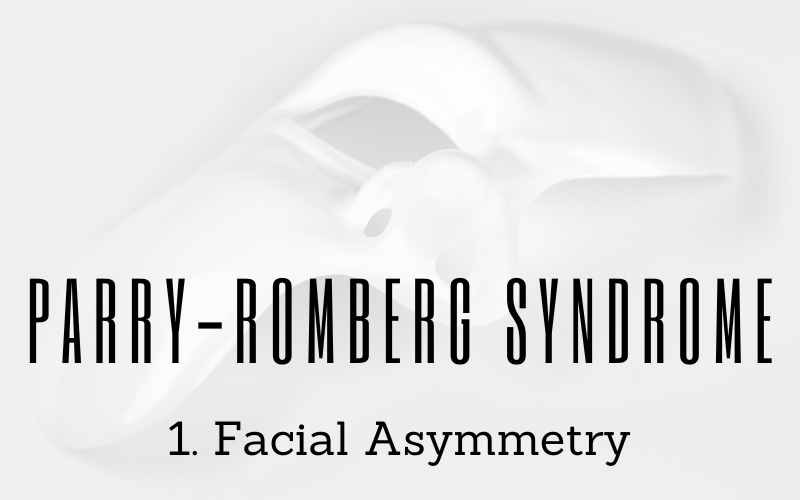Introduction: The Urgent Need for Awareness on Parry-Romberg Syndrome

When we talk about rare conditions that alter life in unimaginable ways, Parry-Romberg Syndrome (PRS) takes the stage front and center. This condition, characterized by a host of peculiar symptoms, often begins in childhood and pursues its course into young adulthood. It’s an enigmatic player in the medical field, throwing curveballs that leave both doctors and patients stumped. So, why should you be clued up about it? For starters, early detection is a game-changer, folks. It can alter the trajectory of the condition, offering a fighting chance against its relentless progress.
The syndrome is notorious for its slow yet unforgiving degeneration of skin and soft tissues, primarily impacting one side of the face. It’s the real-life Phantom of the Opera scenario—gradual, unsettling, and deeply impacting both physical and emotional well-being. We’re here to shed light on this elusive condition and make it a household name, if only to mitigate its life-altering consequences.
The purpose of this article isn’t to scare you but to arm you with valuable knowledge. Knowledge that could make all the difference in early diagnosis and effective management. Whether you’re here out of personal concern, medical curiosity, or to help someone else, every symptom we explore could be a missing piece of someone’s medical puzzle.
1. Facial Asymmetry: The Hallmark of Parry-Romberg Syndrome

Facial asymmetry stands as the trademark sign of Parry-Romberg Syndrome. Unlike a bad hair day or a minor blemish, this condition manifests as a progressive shrinking of facial tissue on one side. The cheek may seem sunken, and the forehead might start to cave in, giving off an unbalanced appearance that’s impossible to overlook.
The asymmetry isn’t just cosmetic. It often affects the bones and muscles underlying the skin, throwing off the balance and functionality of the face. Over time, this disfigurement can cause difficulties in daily tasks like chewing or speaking, complicating the condition further and creating a ripple effect of challenges.
One peculiar aspect of this symptom is the age at which it typically begins. Most cases emerge during childhood or adolescence, a crucial time for emotional and psychological development. Imagine navigating the challenges of adolescence while contending with a mysterious, appearance-altering condition.
The pace of facial changes can vary from person to person, and there’s no way to predict how rapidly it will progress. Some individuals may experience a relatively stable condition after a period, while others may see a steady deterioration over the years. The unpredictability adds another layer of complexity to managing this already intricate syndrome.
The condition’s life-altering nature often carries a psychological burden, affecting self-esteem and social interaction. While facial asymmetry may be the most evident symptom, its impact goes far beyond surface-level changes. It can affect one’s mental health, leading to challenges like depression and anxiety. (1)